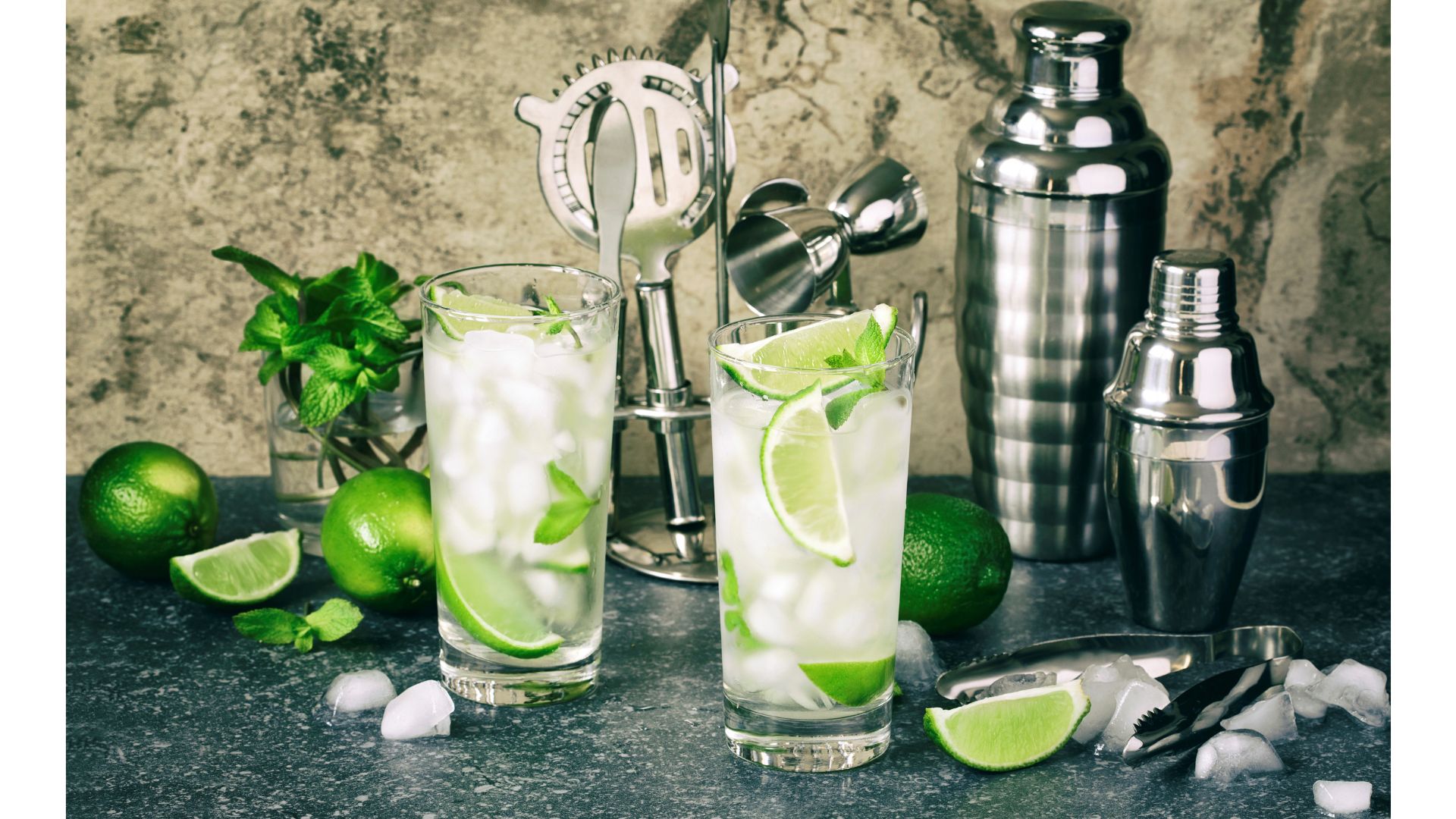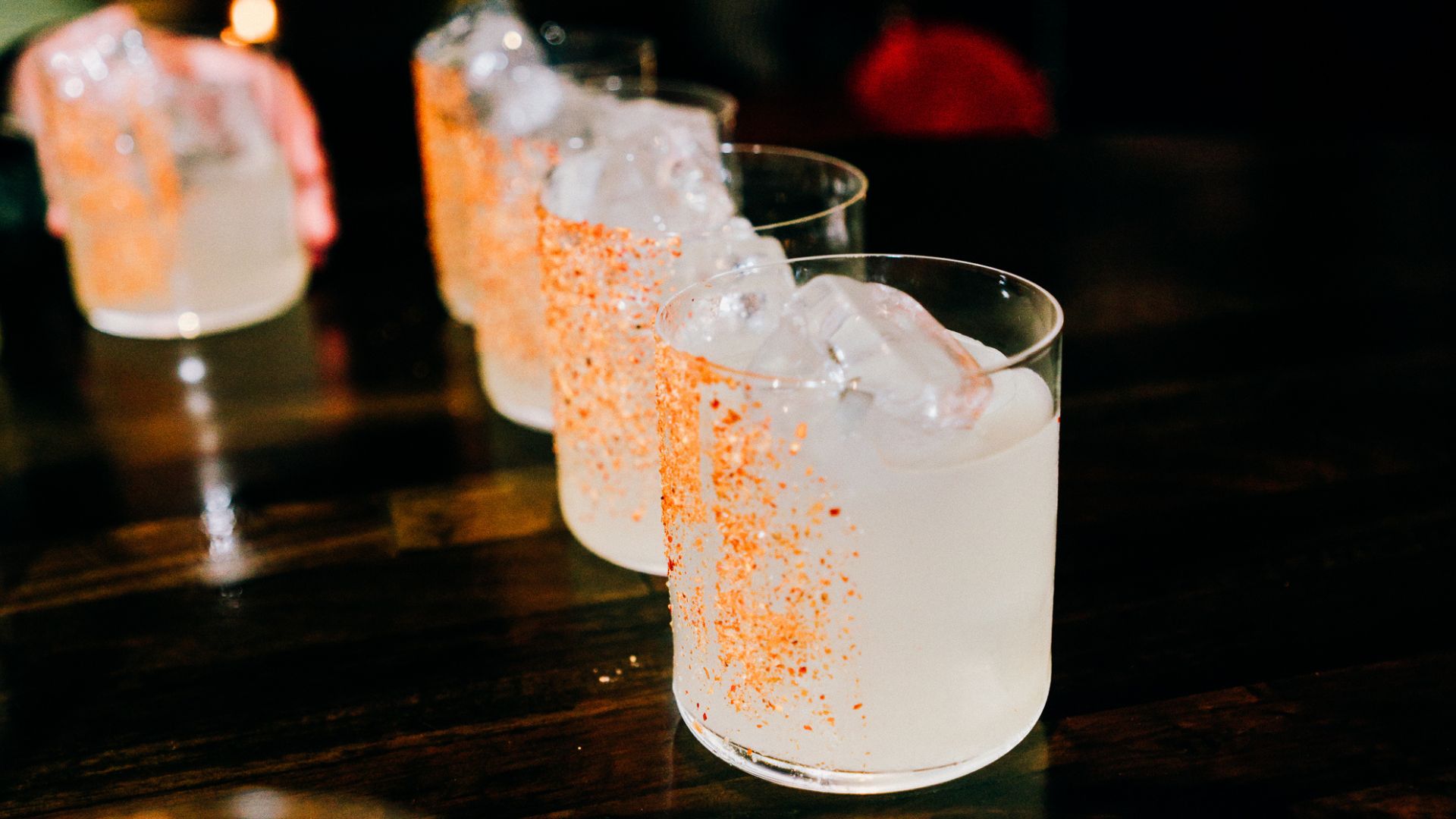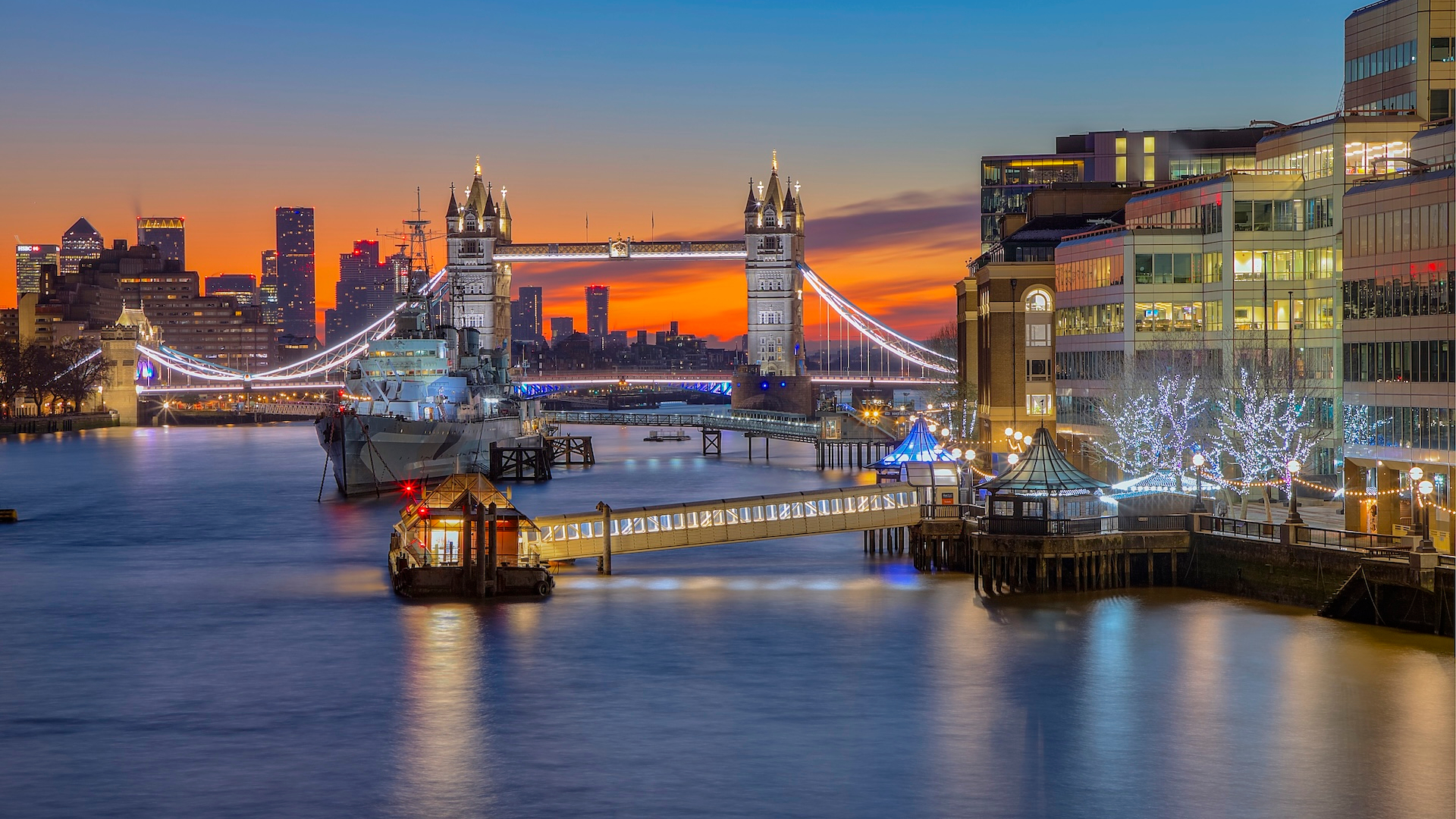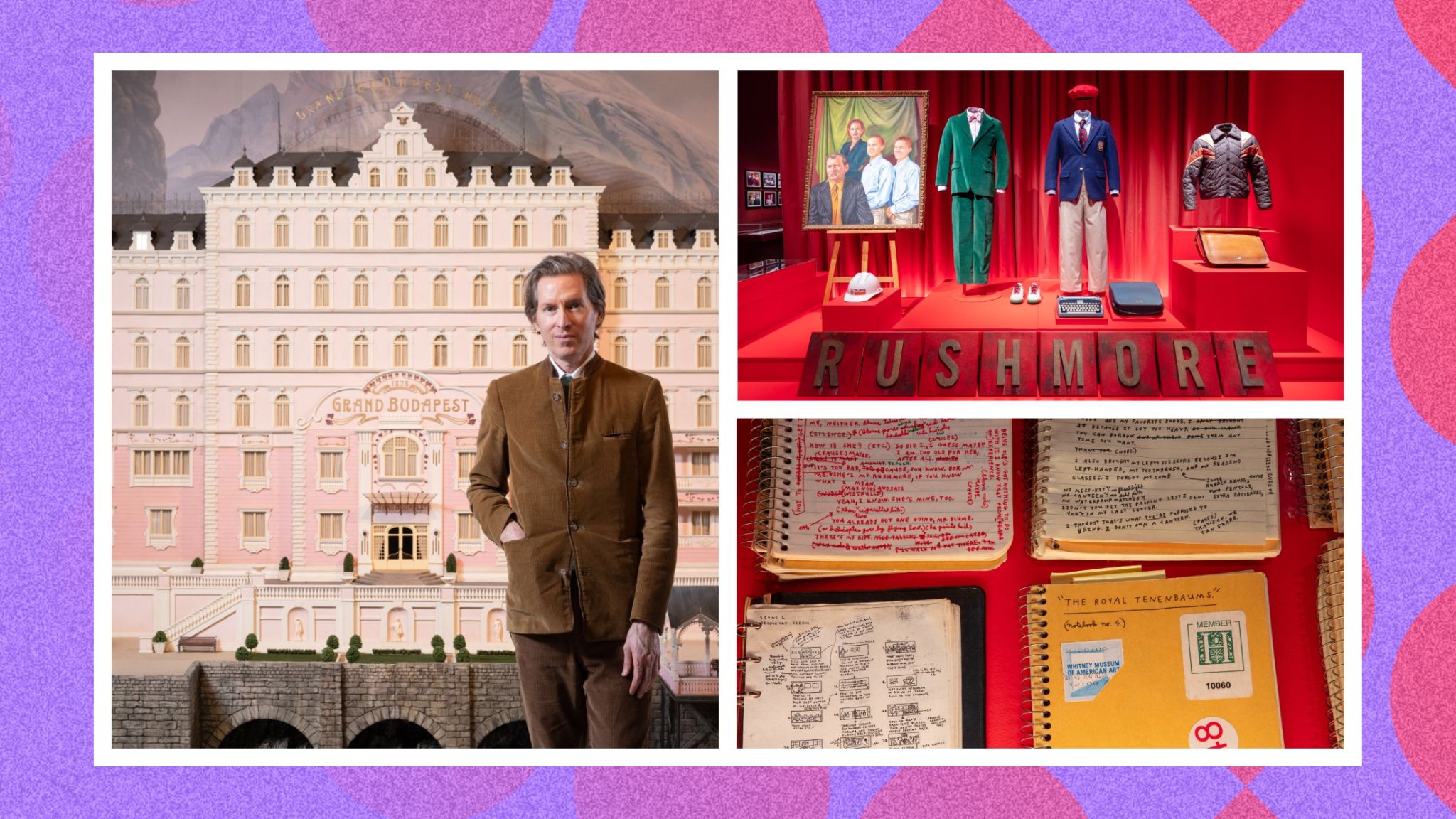Icing on the cocktail: Why the world’s best bars are treating ice as a luxury ingredient
Ice ice baby

Jonathan Baker says he has seen it all ways: shaved, shaped, infused, embedded, crushed, flavoured, dyed, stamped, drilled and outsized. He’s seen it treated with a blowtorch, band-saw, Japanese steel pick and even CNC machine, chopped from a lake in Norway, or shaped into spheres and wrapped around an orchid, or used as a platform onto which to rest an edible grasshopper. The substance in question? You may know it as frozen water. But in the high-end bar world, ice has become a creative act on par with the expensive cocktails in which it invariably sits.
“Frankly, a bar that makes a great cocktail and then just uses standard ice is missing an opportunity,” insists Baker, the man behind the US-based Rime and Floe, a pioneering professional ice-making business.
Yes, not only is there such a thing, but you’d be hard-pressed to find a metropolitan city without its specialist ice production these days. “Ice has become a way of putting on a show for the customer, paying maybe $20 for a cocktail. Restaurants present their food with the same consideration for detail. So why shouldn’t a bar with its drinks? Bars now have closely-held secrets as to how they make their ice”.
The three Cs of ice
Much like the three Cs that assess the quality of a diamond, bartenders and ice-makers alike apply their own to their cubes: clarity - ice must never be cloudy; cut - it should be of an unusual, maybe signature shape; and cool - both literal and figurative. After all, explains the aptly-named Micah Melton, competition between upscale bars is intense.
Plus, in a social media age, a visually striking drink not only gets a bar talked about but will bring in customers, too. Even not using any ice at all - as Paris’s Comptoir De Vie introduced this year - gets you talked about. Sort of like the philosophical concept of how not deciding is still deciding - very French.
Ice on the menu

“We’re only going to see the use of ever more special ice and more companies in more places providing it to the bar industry, says Melton, director of culinary at Chicago’s The Alinea Group, whose The Aviary Bar was a pioneer in offering artisan ice, and even an ice menu. “There’s a kind of ice being used for novelty - more as a garnish - and that can still be important as the aesthetics of a drink add to its appeal. But good ice is also an ingredient like any other in a drink. The value of both is better understood by drinkers too now”.
So there’s a degree of flashiness to all this dicing with ice; it adds to the style of your drink; and, argues Peter Chua, bar concept consultant and founder of Singapore’s Night Hawk bar - where some 300 cubes a day are hand-shaved into a signature slope-sided shape - it speaks to the effort that has gone into making it.
Get exclusive shortlists, celebrity interviews and the best deals on the products you care about, straight to your inbox.
“It’s a statement,” he says. “It says to the customer that the bar cares about your experience, that if it pays that much attention to its ice, then imagine how much attention it must pay to your drink’s ingredients, and to how it is made. Really, a bar without an ice programme now can’t be considered to be a serious bar”.
Size over substance?

We may have moved on from the suspicion that our cocktails are all big ice and no lovely liquid - actually, the measures used are the same without or without the ice, though a raised eyebrow might well be kept raised in those pubs that pour your soft drink after filling the glass with ice, American style. But does ice bring anything else to the party?
Unsurprisingly, the ice people say yes. Or, at least, with some drinks - beware the bar that seems to want fancy ice in every drink it serves, warns Melton. Not all drinks should have lots of ice, and some should have no ice at all (but should instead be served in a chilled glass).
That said, the right ice, in shape and amount, allows a skilled bartender to not only maintain the right temperature of your drink for longer - you may well find yourself left with a lot of ice at the end of it, and that’s quite deliberate - but to also control the rate of dilution. This is why some bartenders prefer to use fresh ice for the pour rather than the ice they’ve just shaken with, as wasteful as that may be.
The effect on your drink

As your ice melts, the gradual dilution will also change the flavour profile of the drink in subtle ways (which is why a little water is often added to whisky). That is true of any ice, mind - even the passé cloudy stuff. By adding ice infused with another flavour - some Earl Grey tea, for example, which has been done - that, again, can make your drinking experience more enjoyably complex.
The verdict
But that doesn’t stop some myths from abounding. Clear ice might indicate the water used has probably been filtered and de-mineralised. But cloudy doesn’t mean it’s full of impurities - rather, the water has been frozen quickly and simultaneously from all angles, encouraging the formation of large crystals. In contrast, clear ice is frozen slowly from one direction, expelling air bubbles along the way. That takes special machinery too large for most bars to have on-site.
Nor, for that matter, are claims that those giant cubes that fill your entire glass chill your drink better because of their greater surface area entirely accurate either: while they accumulate less surface water than smaller cubes, often a lot of the big cubes’ surface area isn’t even in the liquid you’re drinking, so actually they’re just chilling the atmosphere, not the liquid. Having a dead insect sit atop your ice cube? That’s just razzle-dazzling you.
“I know all this can sound like a ridiculous affectation, but it’s not,” insists Camper English, founder of cocktail connoisseurs Alcademics, and diehard cubist and author of The Ice Book. “After all, what you do with a drink isn’t just functional, but about enhancement. Is it an extra cost? Yes. But really, it’s hard as a consumer to assess the individual costs of each ingredient in a cocktail. A bar could lower the price by serving it in a paper cup, too, but then it wouldn’t feel special. And that’s what this creativity with ice is about, too”.

Skip the search — follow Shortlist on Google News to get our best lists, news, features and reviews at the top of your feeds!

Josh Sims is a freelance writer and editor based in the U.K. He’s a contributor to The Times (London), Esquire, Robb Report, Vogue and The South China Morning Post, among other publications. He has written on everything from space travel to financial bubbles, and art forgery to the pivotal role of donkeys in the making of civilisation.
A former editor of British style magazines Arena Homme Plus and The Face, Sims is also the author of several books on style including the best-selling Icons of Men’s Style. He’s married and has two boys. His household is too damn loud.
You must confirm your public display name before commenting
Please logout and then login again, you will then be prompted to enter your display name.
-
 Save on 7 top Christmas events in London with our exclusive voucher code
Save on 7 top Christmas events in London with our exclusive voucher codeSeven magical London experiences to make your Christmas sparkle
-
 From the actual Grand Budapest Hotel to a topless Bill Murray: The Wes Anderson archive exhibition's best bits
From the actual Grand Budapest Hotel to a topless Bill Murray: The Wes Anderson archive exhibition's best bitsLondon’s Design Museum throws open the doors to Wes Anderson’s wonderfully weird world and personal archive.
